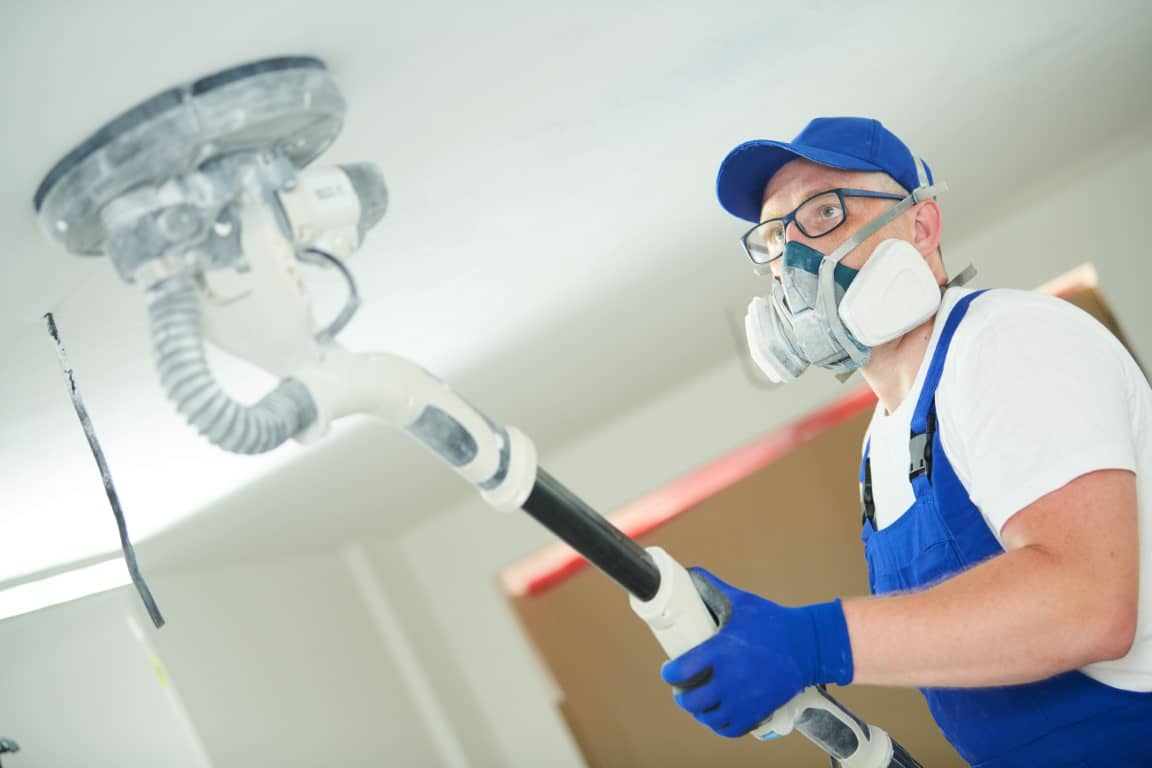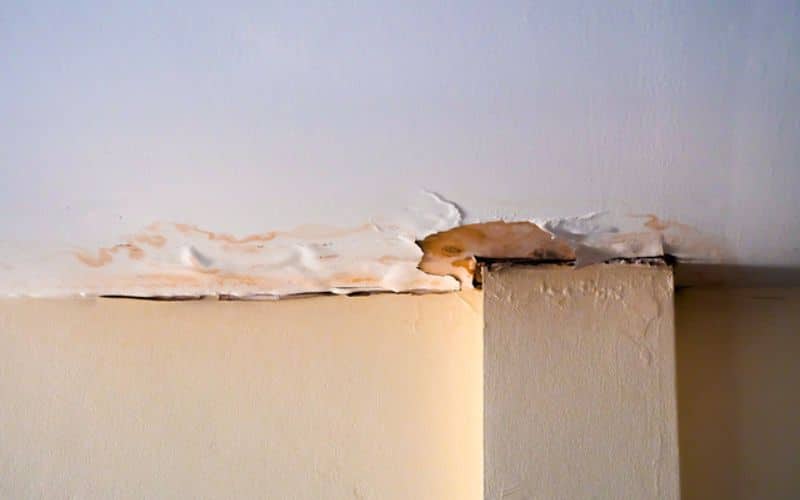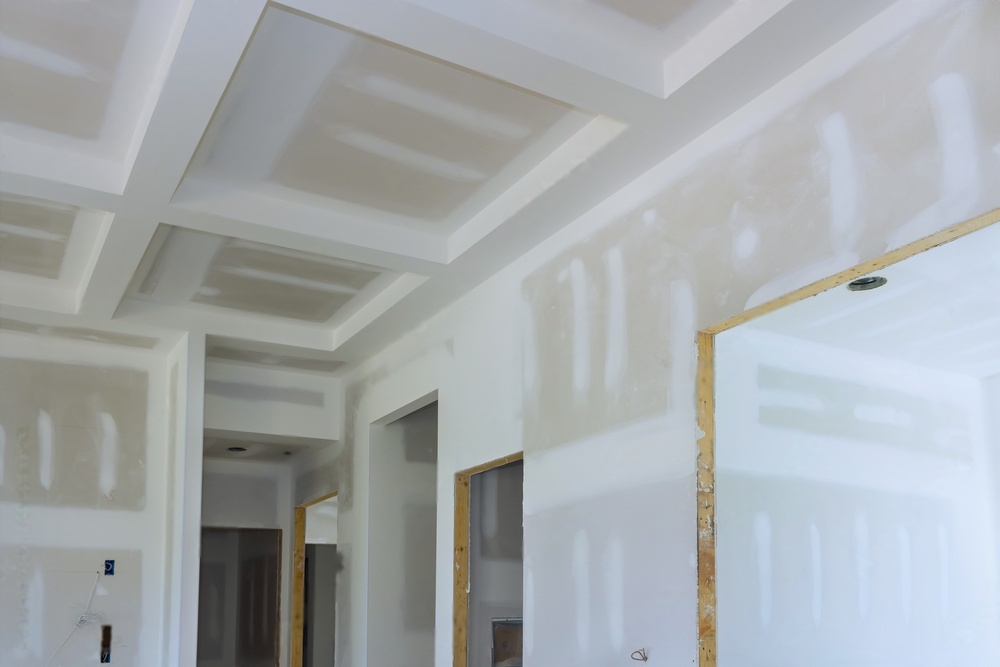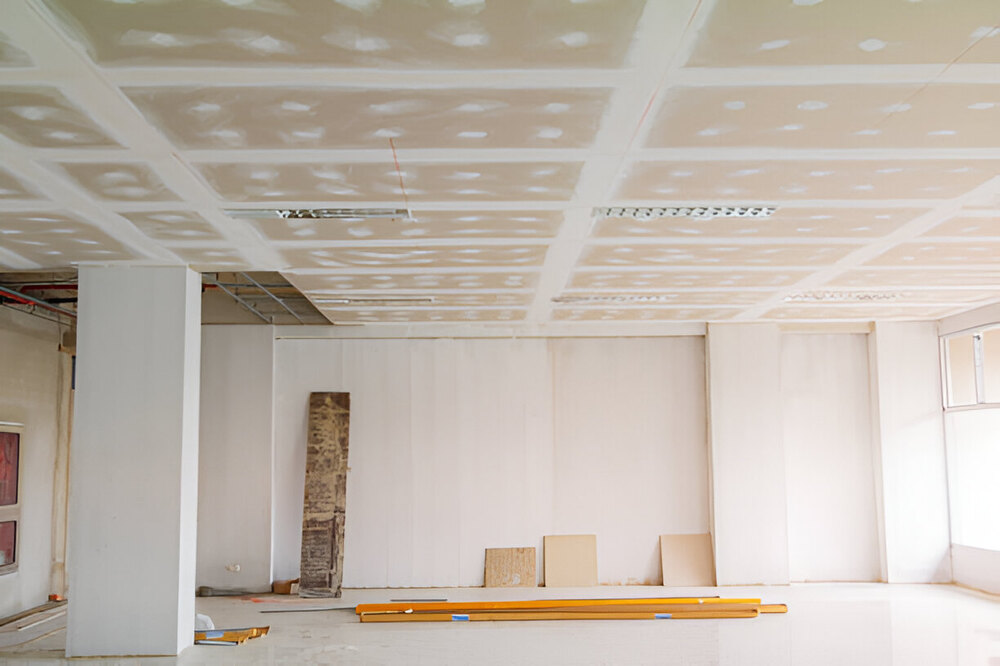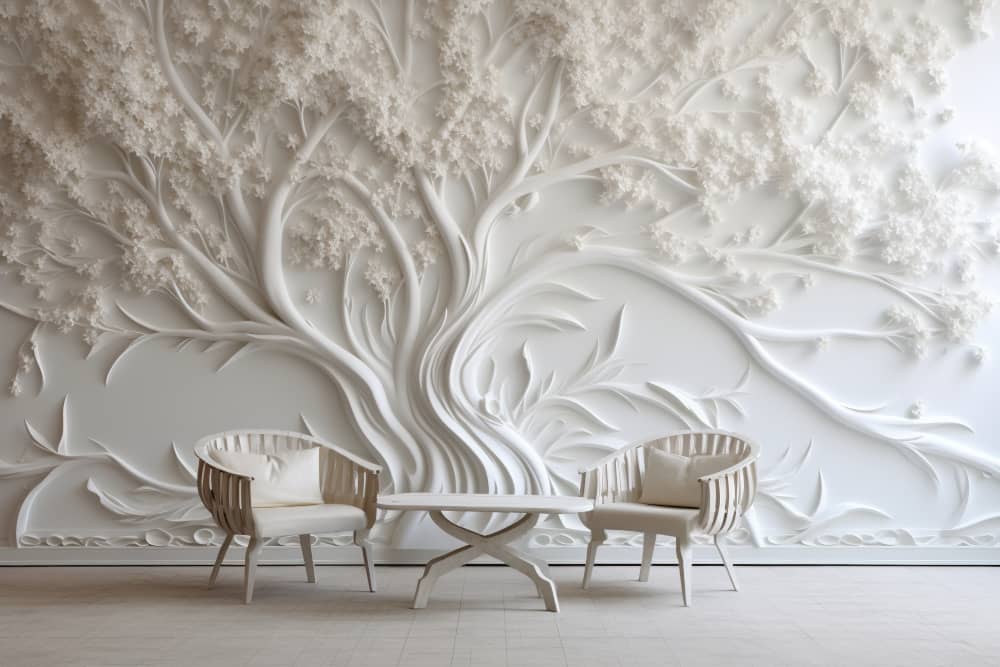Understanding the Different Types of Drywall
Standard Drywall, also known as plasterboard or gypsum board, is a common material used in modern construction. Most builders prefer it because it is affordable, easy to install, and versatile. Mostly used for interior walls and ceilings, standard drywall creates smooth and durable walls in commercial and residential spaces.
Understanding the different types of drywall is important, as choosing the incorrect type may cost you time and money during a renovation. Today, the Drywall Edmonton LTD team explains what is standard drywall and helps you understand the composition and its benefits in usage.
What is Standard Drywall?
Standard drywall is the most common form of drywall used in new construction as well as renovation. It has a gypsum-made panel pressed between two sheets of paper. This composition of drywall makes it sturdy, lightweight, and easily installable. The gypsum used in standard drywall is important in making the construction fire-resistant and sound-absorbing.
Using paper and gypsum makes standard drywall an ideal option for making interior walls and ceilings. Furthermore, it is best to use spaces that don’t require high-end protection in terms of top-notch durability and moisture resistance. Thus, it is ideal for use in hallways, offices, and indoor living areas.
Composition of Standard Drywall
Gypsum Core
Standard Drywall is the most commonly used drywall type. It is made essentially of gypsum, which is a soft sulphate mineral that provides strength to drywall. Gypsum’s main properties are absorbing sound and resistance to fire. The fire resistance is because of the water saccharide content in gypsum, which temporarily opposes combustion during a fire. Also, gypsum is a dense material. Therefore, it increases sound absorption in rooms and doesn’t allow much noise to transfer, making indoor places quiet.
Paper Facing
A covering composed of two layers of paper lies around the gypsum core. These paper layers are important because they confer strength to the drywall, making transportation and repair easier. The outer paper facing also plays a considerable part in the finishing process.
Moreover, it has a homogeneous surface that permits painting, texturing, and other ornamental applications. The paper facing is also useful in applying that final coat during installation since it ensures that the drywall is well fixed on wall studs or ceiling joists.
Benefits of Standard Drywall
Cost Effective
Standard drywall is cost-effective, making it a preferable option among builders to wood panelling or plaster. Its affordable availability in the market makes it a budget-friendly option for residential and commercial projects. Moreover, it’s the most durable and versatile material at a low cost, making it a perfect choice for large-scale construction projects.
Easily Installable
Standard drywall can be easily installed with some basic tools and knowledge. Contractors gain the advantage of being able to easily cut and fasten drywall sheets to the wall studs, which makes the process faster than plastering. This simplicity makes this product easy to install, even if you want to do it independently.
Versatile
This type of gypsum board is versatile. It is used on walls, ceilings, and partitions in different environments. Similarly, you can cut it, change its shape, or modify it to support design flexibility in homes and offices.
Finishing Varieties
Standard drywall offers a variety of finishing styles since it can be painted, textured, and even papered. Residents and architects can effortlessly transform interiors with plain or dimensional, painted or stained surfaces in distinctive hues or colours.
Limitations of Standard Drywall
Moisture Sensitivity
The major disadvantage of standard drywall is its relatively high moisture permeability. It should not be used in places with high humidity, such as the bathroom, kitchen, or basement, because moisture can cause deterioration and lead to warping and mould.
Impact Resistance
Standard drywall is less sturdy in terms of impact. Regular drywall can easily develop indentations or holes in high-traffic areas or places where walls are most likely to receive a knock or be rubbed against. To overcome this, builders can install an additional layer on the drywall or utilize the thicker, enhanced-impact drywall types in those zones.
Standard Drywall Installation in Edmonton, AB
Standard dry walls are effective and practical for construction projects. They have a gypsum core and paper facing, which makes them affordable and easy to install.
However, it is important to consider the specific requirements of each room when choosing the type of drywall to use. For example, moisture-resistant drywall is recommended for areas prone to humidity, such as bathrooms or kitchens, to prevent damage over time.
Ready to Start Your Drywall Project? At Drywall Edmonton LTD, we offer expert drywall installation services customized to your room’s measurement. Contact us today for a consultation and let our professionals drywallers guide you to drywall installation Edmonton.



